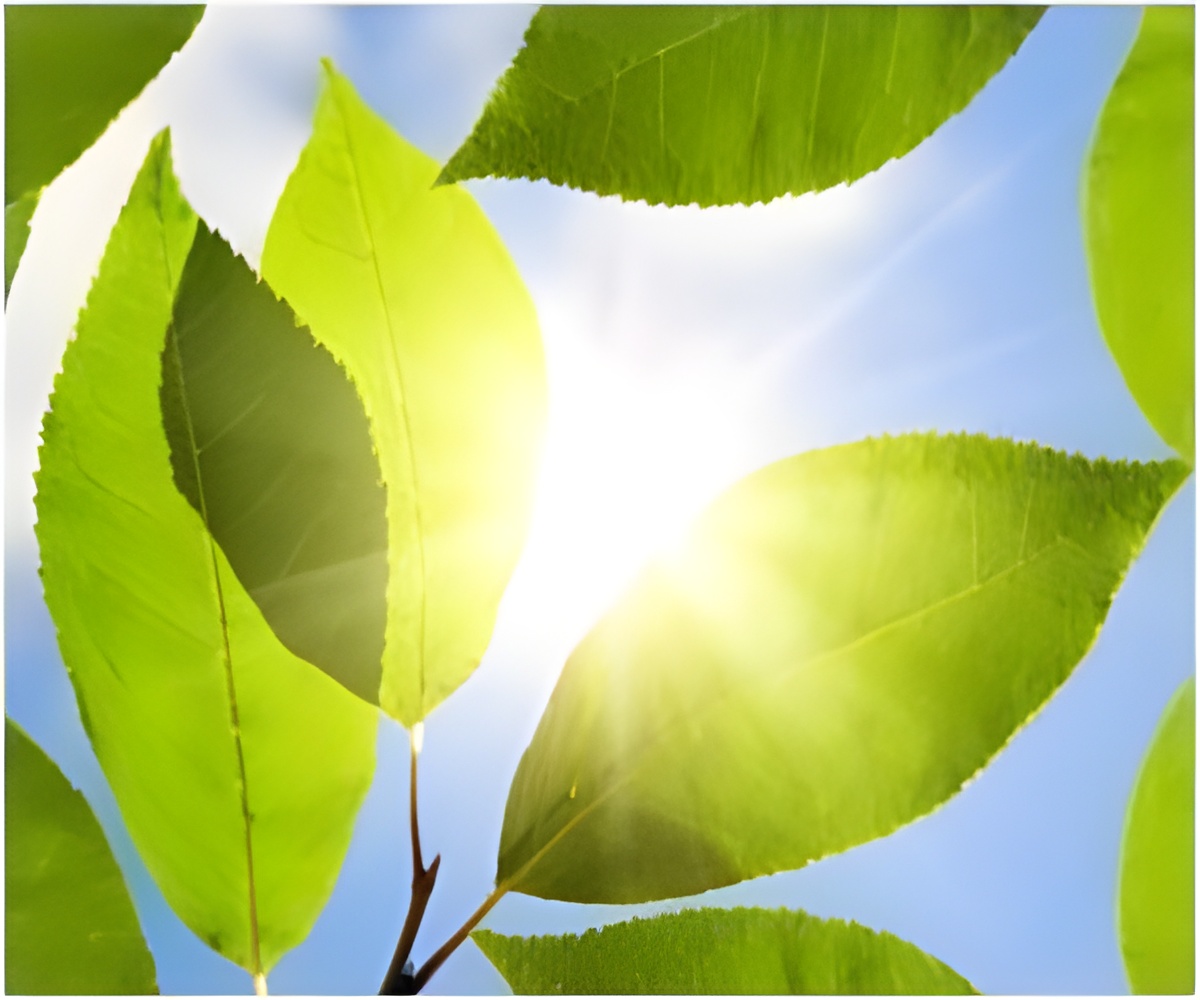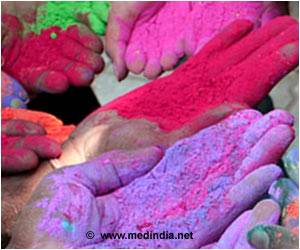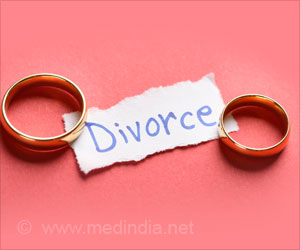
The research team, from the Norwegian University of Science and Technology, studied demographic data from church records of some 8,600 Norwegians from two different mid-Norwegian populations, one poor and one wealthy, born between 1676 and 1878 with observations of the solar cycles. They found that being born in a solar maximum period also significantly reduced fertility for women born into the poor category, but not for wealthier women or for men.
The authors wrote, "Our findings suggest that maternal exposure to solar activity during gestation can affect the fitness of female children. The effect of socio-economic status on the relationship between solar activity and fertility suggests that high-status pregnant women were better able to avoid the adverse effects of high solar activity, possibly by staying out of the Sun or because a healthier diet curbed the harm." The team theorized that ultraviolet-induced degradation of the B vitamin folate, a shortage of which before birth has been linked to higher rates of illness and death could be the possible reason for these observations.
However, the study has certain limitations. Researchers did not have data about how early or late into a solar maximum event the children were born nor could they fully distinguish between pre- or post-natal exposure to ultraviolet light. Also, it is not clear whether the same would necessarily hold true for people born in the modern era. Further investigation is needed to test whether the results were repeated in people of different skin colors, and those living at different latitudes.
The study paper is published in the journal Proceedings of the Royal Society B.
Source-Medindia









